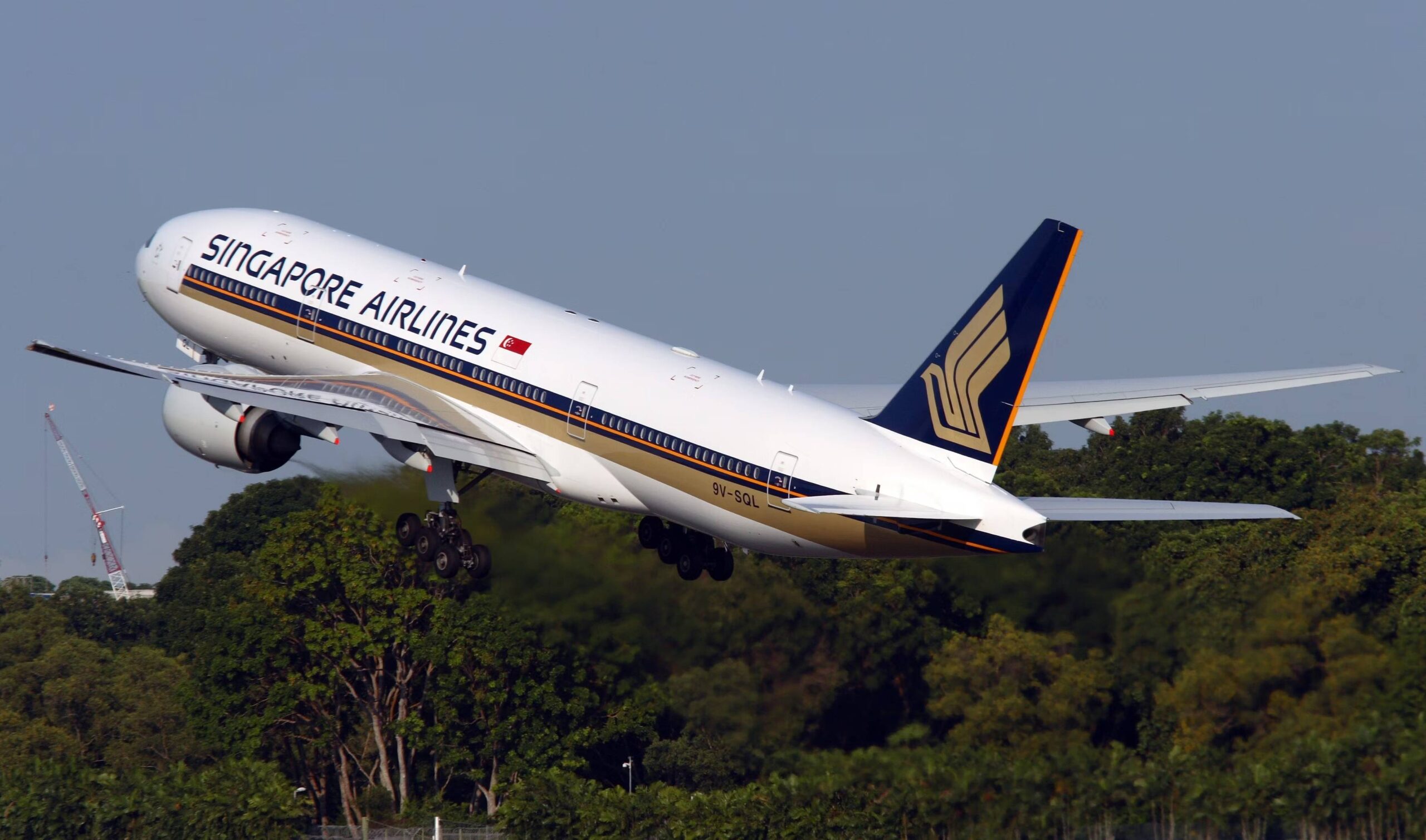Published
2 months agoon

Imagine being thousands of feet in the air, sipping your complimentary beverage, or tucking into your breakfast, when suddenly the plane lurches violently, sending you and your fellow passengers into a state of sheer panic. This nightmare scenario unfolded on Singapore Airlines Flight SQ321, a journey that would forever be etched in the minds of those aboard. On a routine flight from London’s Heathrow Airport to Singapore, Singapore Airlines’ Flight SQ321 encountered a terrifying bout of turbulence that would test the mettle of all on board. The Boeing 777-300ER, carrying 211 passengers and 18 crew members, was cruising at an altitude of 37,000 feet when it suddenly and inexplicably descended by 6,000 feet in just three minutes. The sudden drop caught everyone off guard, with the seatbelt sign illuminated but the cabin crew unable to reach their seats in time.
The violent turbulence took a heavy toll on the passengers and crew. Eyewitness accounts paint a harrowing picture – people were thrown against the overhead compartments, sustaining gashes and other severe injuries. One passenger, Dzafran Azmir, a 28-year-old student, described the scene: “Some people hit their heads on the baggage cabins overhead and dented it. They hit the places where lights and masks are and broke straight through it.”
The cabin crew, too, were not spared, with one passenger, Andrew Davies, recounting that “Every single cabin crew person I saw was injured in some way or another, maybe with a gash on their head. One had a bad back, who was in obvious pain.” The toll was not just physical, as the traumatic experience left an indelible mark on the psyche of everyone on board.
A Tragic Loss
Amidst the chaos and devastation, the flight suffered an even greater tragedy – the loss of a passenger. A 73-year-old British man, identified as Geoff Kitchen, passed away during the incident. While the exact cause of his death was not immediately confirmed, initial reports suggested he may have suffered a heart attack. His wife was among the passengers taken to the hospital in Bangkok, where the plane made an emergency landing.
With the plane diverted to Bangkok’s Suvarnabhumi Airport, the injured passengers and crew were rushed to nearby hospitals for medical attention. According to
officials, at least seven passengers were severely injured, with the majority being treated at the Samitivej Srinakarin Hospital. In total, 71 individuals were hospitalized, with varying degrees of physical and internal injuries.
As news of the incident spread, authorities from various countries sprung into action. Officials from the British and Malaysian embassies in Bangkok visited the hospitals to check on the injured passengers, ensuring their wellbeing and providing any necessary assistance. The Singaporean government, too, was heavily involved, with the airline’s CEO, Goh Choon Phong, personally overseeing the relief efforts.
In the wake of the turbulent ordeal, Singapore Airlines worked tirelessly to bring the passengers and crew back home. A relief plane was dispatched to Bangkok, and by the early hours of the following morning, 143 passengers had arrived safely in Singapore, greeted by their loved ones and the airline’s CEO. However, 79 passengers and 6 crew members remained in Bangkok, including those still hospitalized, with a second relief flight planned to transport them.
The financial and emotional toll of the incident was substantial. Singapore Airlines expressed its deepest condolences to the family of the deceased passenger and pledged to provide all necessary support to the injured and affected individuals. The airline also promised to fully cooperate with the ongoing investigations, determined to uncover the root cause of the turbulence and ensure the safety of future flights.
Turbulence: A Persistent Threat
The Singapore Airlines incident serves as a stark reminder of the persistent threat of turbulence in air travel. While most people associate it with severe storms, the most dangerous type is known as “clear air turbulence,” which can occur in wispy cirrus clouds or even in clear air near thunderstorms. These powerful currents of fast-moving air can catch even the most experienced pilots off guard, posing a significant risk to passenger safety.
The Singapore Airlines incident will undoubtedly lead to a thorough review of safety protocols and procedures. Airlines, aircraft manufacturers, and regulatory bodies will scrutinize the event, seeking to identify areas for improvement and implement measures to better protect passengers and crew from the dangers of turbulence. From enhanced weather monitoring systems to improved crew training, the industry will strive to minimize the risk of such harrowing incidents in the future.


Paris 2024 Olympics: 5 of the most stylish uniforms on show


FM showers special love on Bihar and Andhra Pradesh in Budget 2024, as Opposition leaders cry “Kursi Bachao”


DreameIndia Appoints Manu Sharma as Managing Director to lead its India Operations and Market Expansion


Amazon eyes Swiggy Instamart to boost Quick Commerce in India


Economic Survey urges creation of 78.51 Lakh non-farm jobs annually


Explained: The significance of Savan in India

